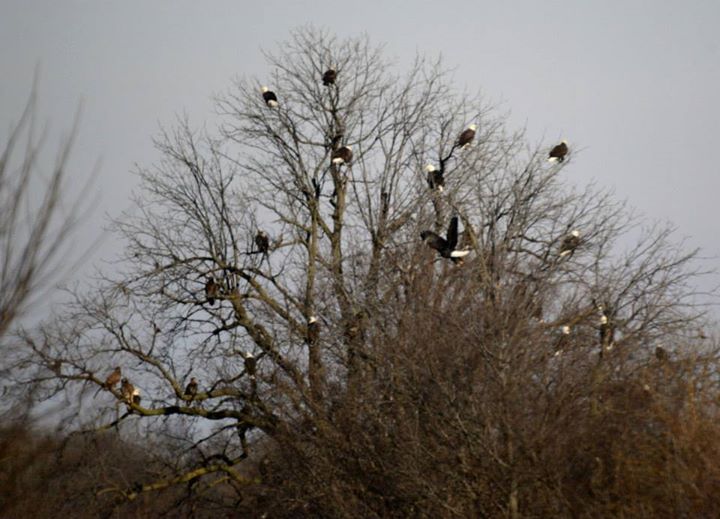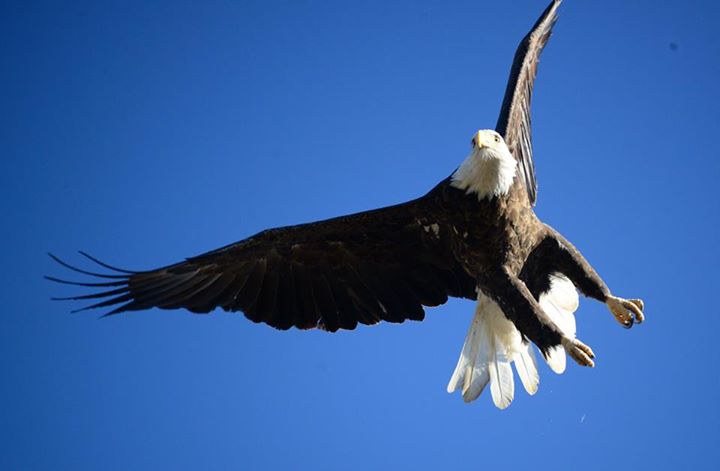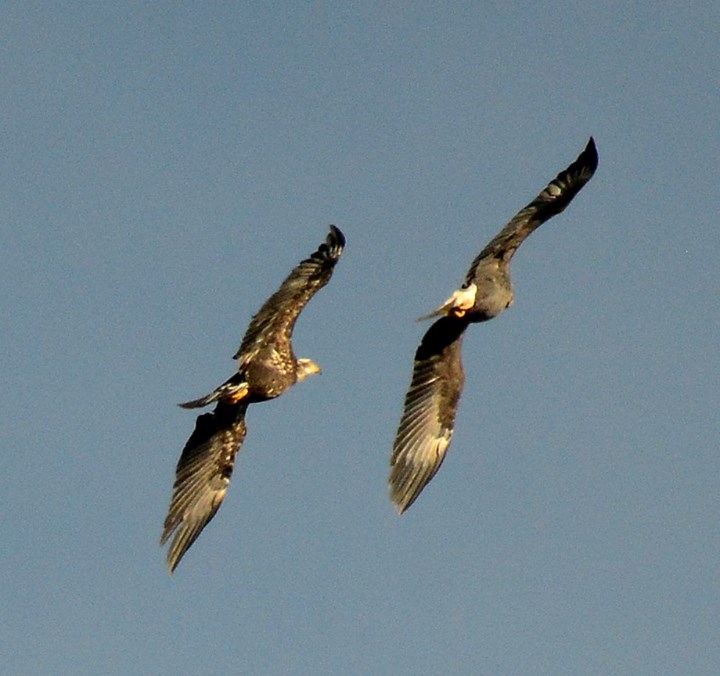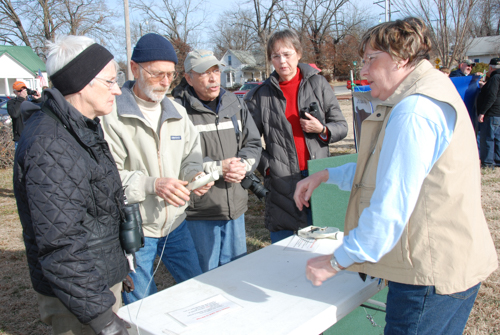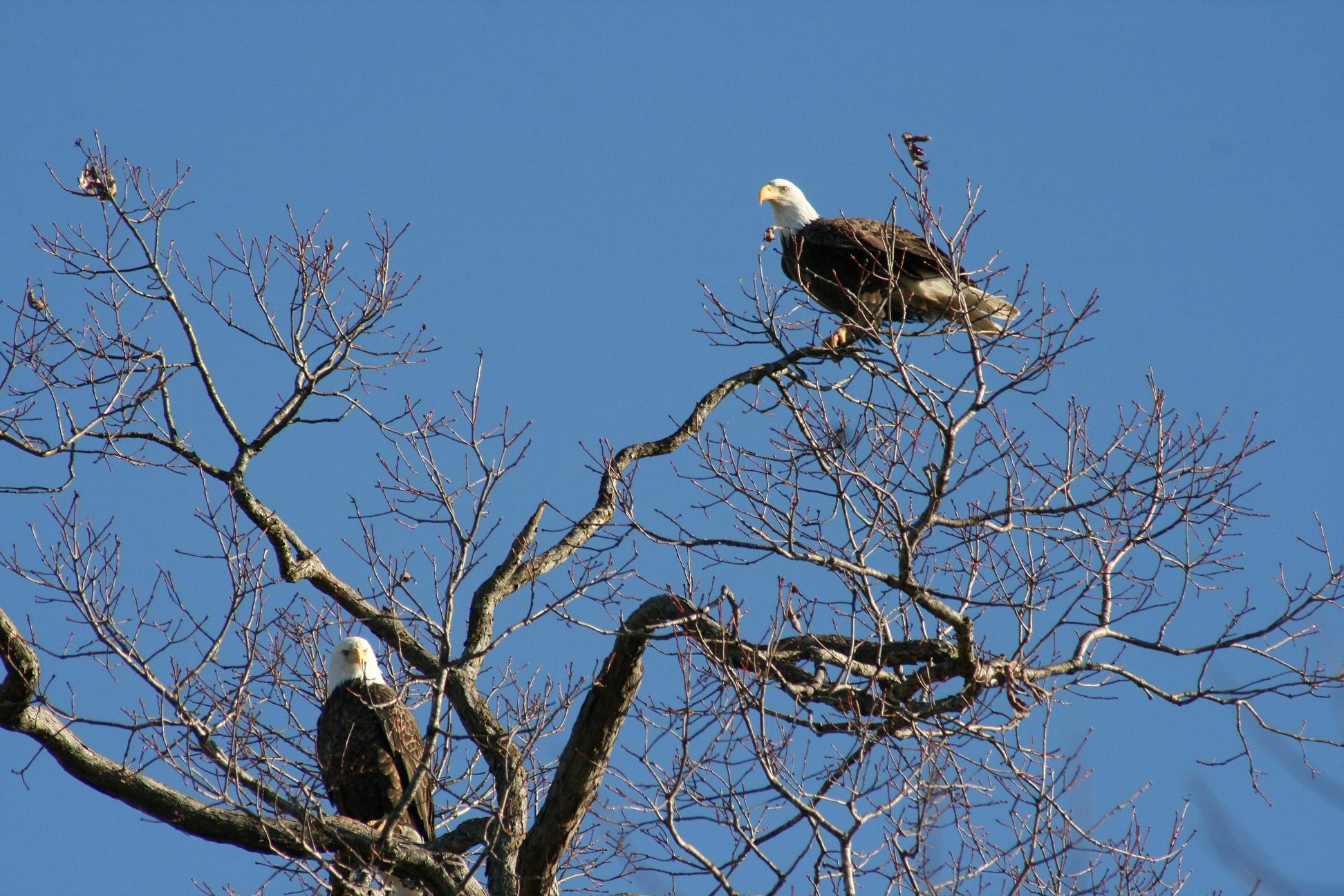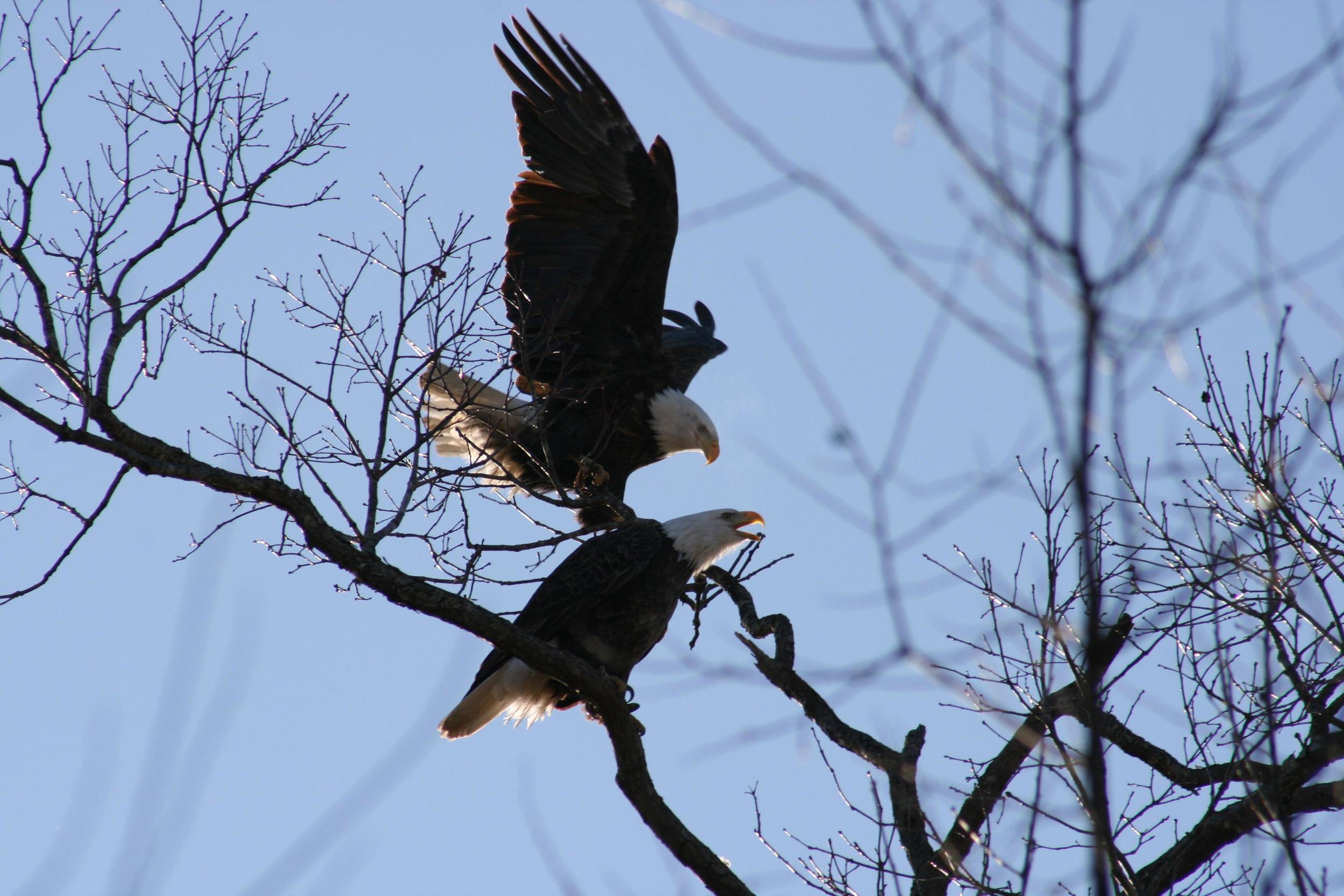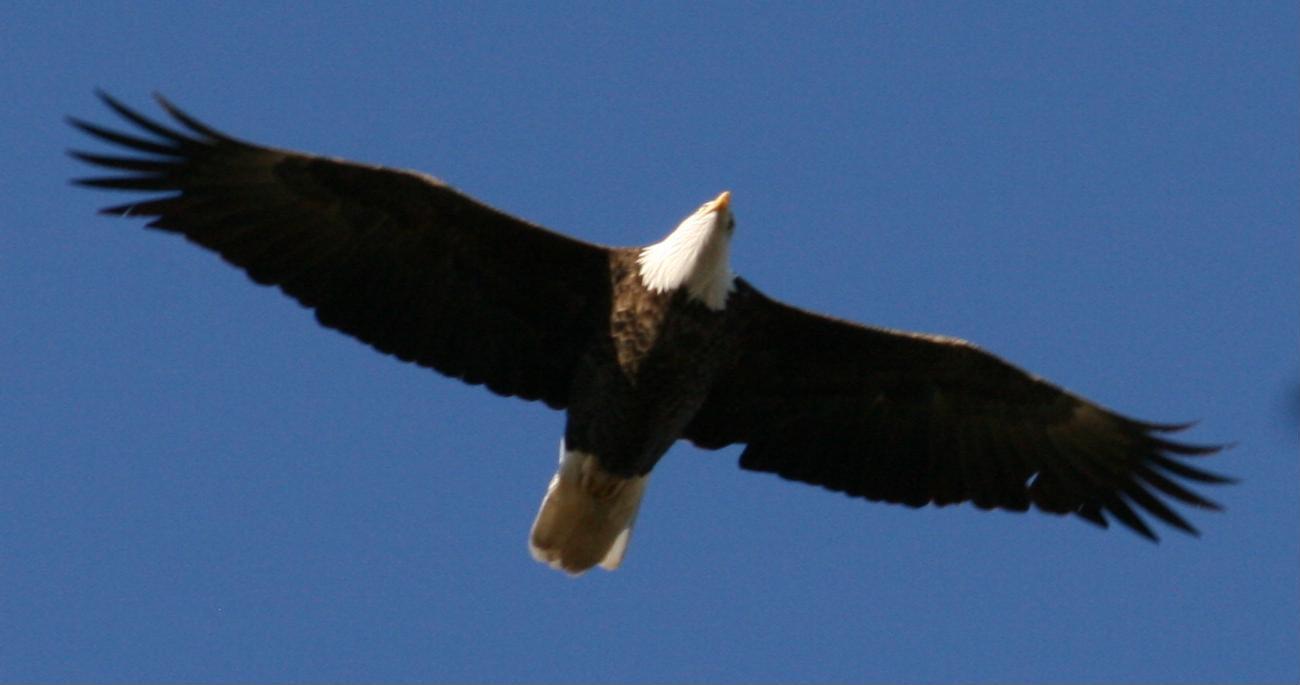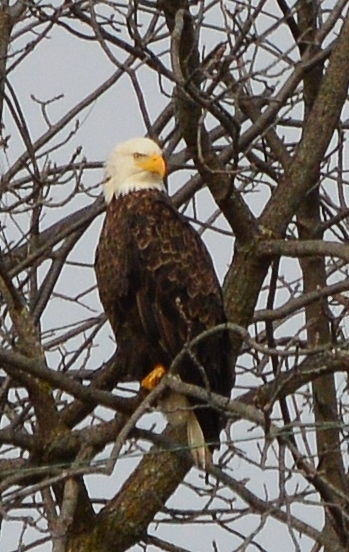Field notes by Jeff Cantrell, photos courtesy of the MO Dept. Conservation
The month of April simply explodes with opportunities for nature viewing. The forest floor in a high-quality natural area will display a different setting of wildflowers every four or five days. The flora color palette will be heavy on the pinks, blues, and whites catering to specialized spring pollinators attracted to those colors and, sometimes, different fragrances. Only a few yellow and red native flowers this early season. The yellow flowers will likely dominate in the open country this summer and supply social insects and their kin with nectar in exchange for pollination services. These are mostly moisture loving flowers and they bloom while the forest canopy is tender with only tree buds and the youngest of leaves. Sunlight during this spring season streams in and warms the soil for these ephemeral bloomers and the shallow pools of waters. The pools benefit from the sunlight by staging a multitude of food webs in the water. The sunlit layer just below the surface has food chain “links” such phytoplankton and zooplankton increasing as fast as the flora color changes are happening just feet away on drier land.
I find these temporary pools fascinating because they are an ecosystem within an ecosystem, and they are very important to the ecological balance. Beyond the visual of the beautiful forest floor and the colorful migratory birds coming to the surface waters to drink, there are other attractions to these pools. This watery landscape has a spring soundtrack. Many frog and toad species are attracted to these temporary pools. The big puddles may dry up soon, but there is time for amphibian life cycles to progress and capitalize on the aquatic food webs already in place. Several species of amphibians (salamanders, toads & frogs) depend on these habitat features, and landowners may be interested in adding more for conservation purposes.
The soundtrack is commenced by the male frogs and toads calling for the arrival and mate attraction of the females. Some males rest their vocals and try to position themselves between a healthy calling male and an approaching female.
These males are referred to as “satellite” males by biologists, energy is important, and this is one way of not expending more.
The opening acts on this Ozark Forest soundtrack will most likely be spring peepers, western chorus frogs, gray tree frogs, American toads, and pickerel frogs. Southern leopard frogs have a “laughing” or chuckle sound to their calls and will be found at ephemeral pools at the forest edge and more open grassy areas.
Spring peepers are certainly a harbinger of spring, and their call is often one of the first sounds of spring nature lovers recognize. Naturalists listen for the peepers initially and know a few of the other species will follow in the weeks ahead. Frog calls revolve during the weeks of April and May similar to the progression of flowers with their timeframes to bloom and go to seed. Eventually the canopy of the forest fills in and the spring flora ceases under heavy shade. The young tadpoles quickly grow and transform to young adults before the water dries. Naturalists will now cast their observations to the open areas for more flowers of yellow, and listen for cricket frogs, green and bullfrogs on sunnier aquatic habitats.
Enjoy the music! The singers may be cold-blooded, but their vocals will make you smile! - Jeff
Jeff is a local Conservation Educator stationed at Shoal Creek Conservation Education Center, Joplin, MO Jeff.cantrell@mdc.mo.gov
Spring Peeper
Leopard Frog
Gray Tree Frog
Pickerel Frog
American Toad
sounds from Lang Elliott Music of Nature






